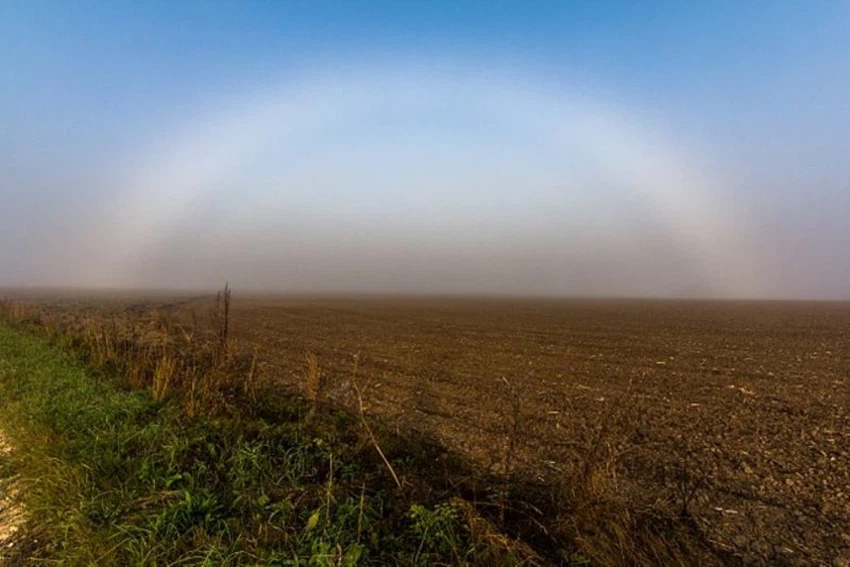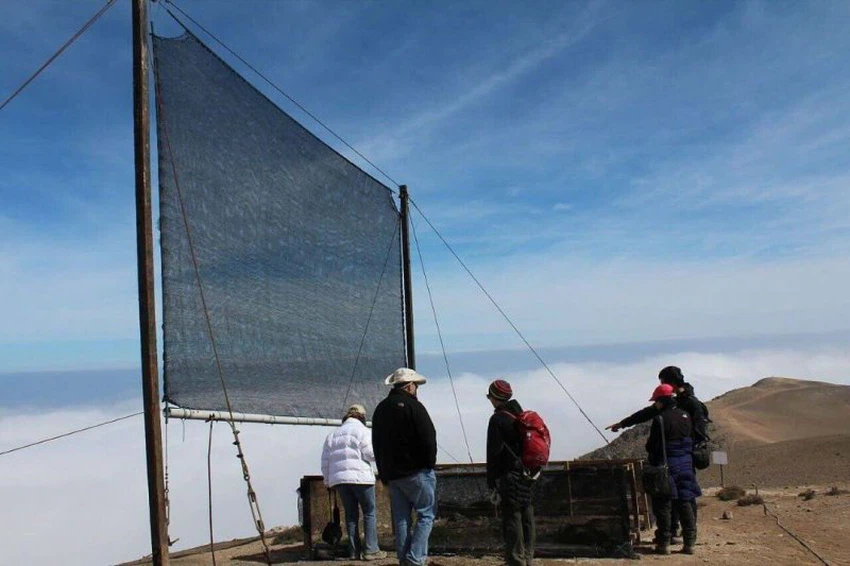10 Surprising Facts About Fog
Arab Weather - Fog , that mysterious cover that covers the landscape, carries within it a mysterious beauty and magic that makes the world look like a fantasy painting. It is not just a weather phenomenon that obstructs vision, or adds a dramatic touch to the atmosphere, but rather a natural phenomenon rich in science and exciting facts. In this article, we will reveal 10 amazing facts about fog, which will make you look at it from a different perspective.
Surprising Facts About Fog
Not just water vapor
Although the primary component of fog is water vapor, it is not the only component. The composition of fog varies depending on its type and the conditions in which it was formed, and it can contain fine particles of dust, smoke, or even small ice crystals. In coastal areas, fog may contain sea salt particles that add a unique character to this weather phenomenon. This diversity in composition affects its shape, density, and even its name, making it more complex than it seems.
Sea Fog: The Ocean's Companion
Fog is not limited to land, but it also appears amazingly over the seas and oceans, and is known as “sea fog”. This fog occurs when warm air passes over cold water, causing the moisture in the air to condense. This type of fog can cover vast areas of the ocean, posing significant challenges to marine navigation due to reduced visibility. For this reason, sailors are keen to constantly monitor weather conditions to avoid the risks associated with sea fog.

Radiation Fog: Fog of Quiet Nights
Radiation fog forms on clear, calm nights when the ground temperature drops rapidly after sunset. This cooling condenses the moisture in the air near the ground, creating a dense fog that may persist until the early hours of the morning. This type of fog is most often seen in open countryside, where nighttime conditions are favorable for its formation.
City Fog: Heat Island Effect
Urban areas, due to the “urban heat island” effect, often experience dense and persistent fog formation. Cities retain more heat during the day than rural areas, which contributes to dense fog formation at night. In addition, pollutants and particles produced by human activities add to the density of the fog, making it more persistent and a challenge to visibility in large cities.
Fog Bows: White Rainbow on the Horizon
Surprisingly, fog can produce arcs similar to rainbows, but in dull or white colors. Known as “fog bows” or “white rainbows,” this phenomenon occurs when light is refracted through tiny water droplets in the fog. These arcs add a unique beauty to foggy scenes and are a rare phenomenon that can be seen early in the morning.

Is fog a friend or a foe?
Although fog can be a nuisance due to its effect on visibility and traffic, it plays an important role in maintaining ecological balance. In arid regions, fog is a major source of moisture, providing plants and animals with the water they need to survive. Its cooling effect also helps to moderate high temperatures, which improves climatic conditions for some organisms.
Fog in folklore and mythology
Fog has captured the imagination of humans throughout the ages, being associated with myths and legends in different cultures. In Celtic tales, fog is considered a gateway to other worlds filled with magical beings. In Norse mythology, it is associated with fearsome monsters or mysterious phenomena. Fog has not only inspired tales, but has also influenced literature and art, where it has been used as a symbol of mystery and wonder.
Fog Harvesting: Water from the Air
As the need for sustainable water sources grows, scientists have begun to harness fog as an innovative source of water. Special nets known as “fog harvesters” are used to capture tiny water droplets from the air. This innovation provides practical solutions for water-scarce areas, such as deserts and arid regions.

Fog Forecasting: A Challenge for Meteorology
Despite technological advances in meteorology, accurately predicting fog formation remains a major challenge. It requires a deep understanding of the complex interactions between temperature, humidity, and wind. This difficulty makes fog a mysterious and intriguing phenomenon, as it still holds many secrets that scientists are waiting to decipher.
Fog Colors: Natural Artwork
Fog is not always as gray as we usually imagine it to be. Under special circumstances, it can take on striking colors like orange, pink, or even green, depending on the nature of the particles present and the surrounding lighting. This phenomenon adds a unique artistic touch to foggy landscapes, making them a unique visual experience.
Fog is more than just a passing weather phenomenon, it’s a natural story that carries within it science, myth, and beauty. Whether you see it as a mysterious veil covering the horizon or as a complex scientific phenomenon, fog remains a fascinating part of our natural world that deserves to be explored.
See also:
Arabia Weather App
Download the app to receive weather notifications and more..



